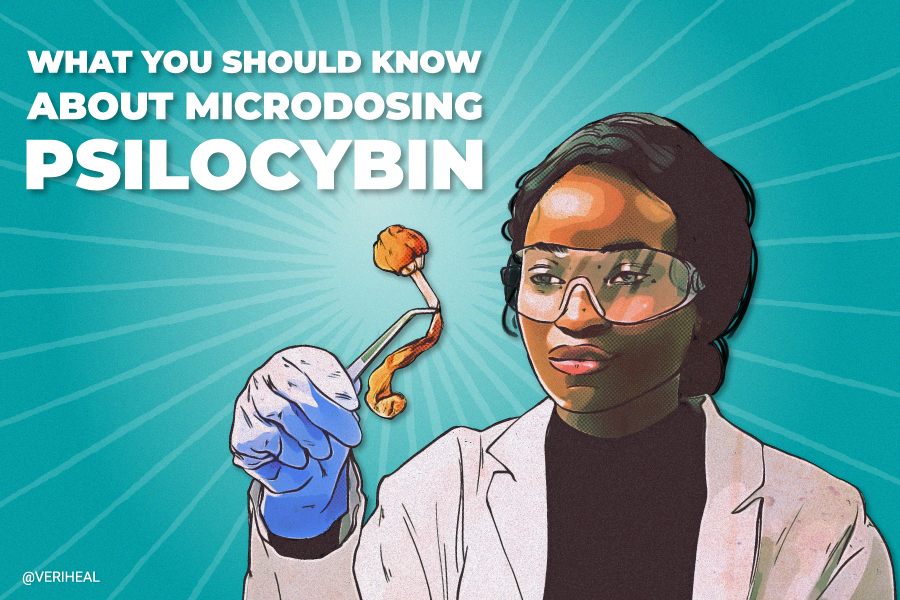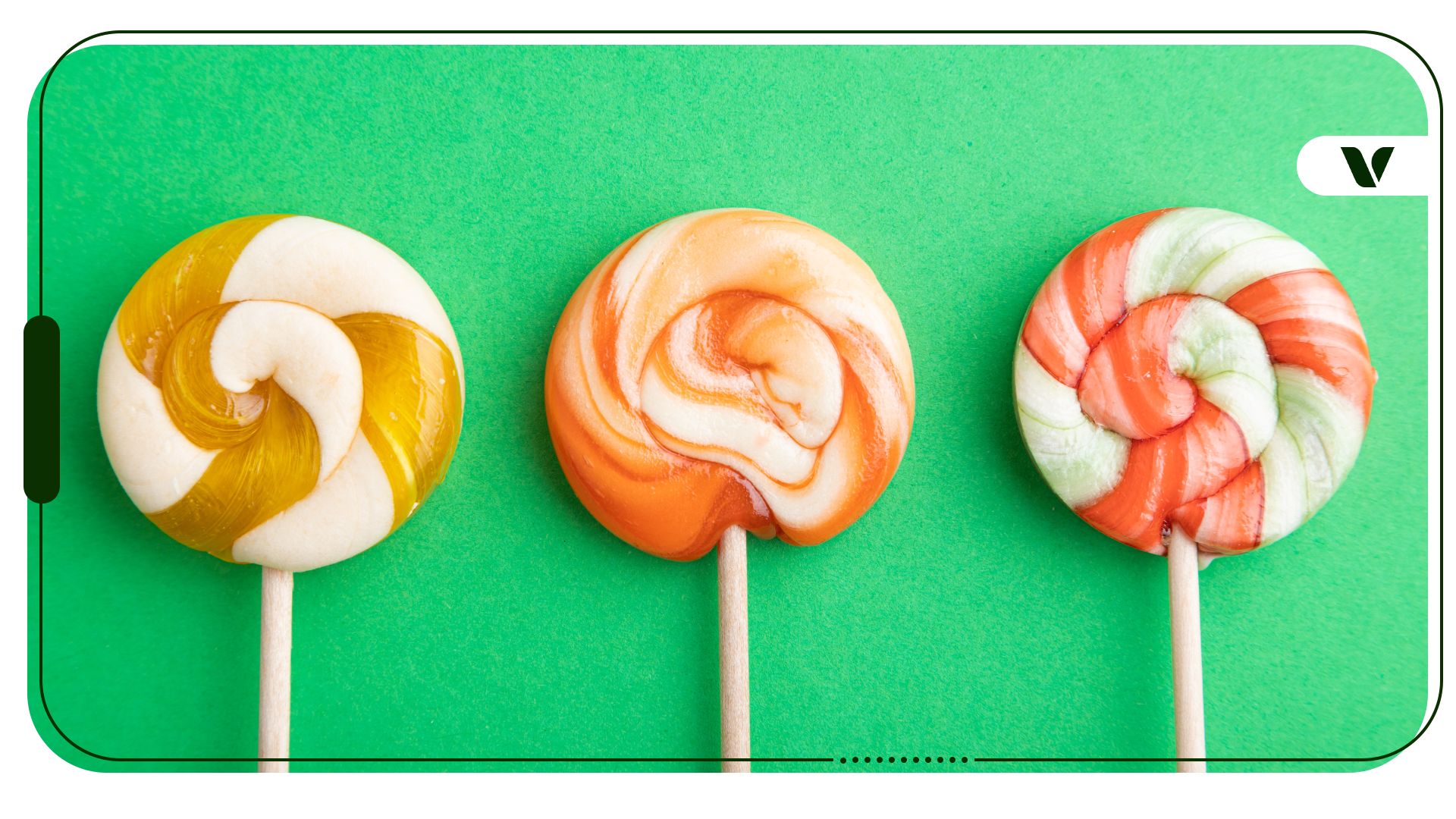Psilocybin, the active compound found in “magic mushrooms,” is receiving a lot of attention regarding its potential for therapeutic use. An increasingly popular way of consuming psilocybin is microdosing it, or consuming small amounts on a frequent basis. But what are the risks and benefits of this practice, and how does it affect your tolerance to the substance?
Microdosing Psilocybin
A study published in the Harm Reduction Journal explains that “microdosing psychedelics is the practice of consuming very low, sub-hallucinogenic doses of a psychedelic substance…” Despite the increase in this practice, there is very little research available on microdosing. According to the study, there have been “tens of thousands” of increases in online microdosing communities, justifying the need for scientific studies to better understand microdosing.
Dr. David R. Cox told the Insider that the minimum dose required for a psychedelic psilocybin experience is around 1 gram of dried mushroom, while a low microdose is around 0.1 grams. While the psychedelic experience with psilocybin may seem like a good idea, it can cause an altered state of mind, altered sensory perception, and even hallucinations, which can cause problems when in an uncontrollable environment.
Cox explains that “microdosing is done with the thought that these small doses do not produce any hallucinogenic effects” and thinking that it “may provide relief from adverse symptoms and/or facilitate improvements in one’s thinking, emotional and/or cognitive state.”
While there is plenty of anecdotal evidence supporting the efficacy of microdosing, the “concrete evidence surrounding microdosing mushrooms is sparse since it’s a schedule I substance and the FDA has only recently approved a small number of clinical trials for psilocybin use.”
Benefits of Microdosing
The study worked with participants to determine the benefits of microdosing, discovering reported improvements in mood, focus, creativity, and energy. The most frequently reported benefit was the improvement in mood, including “happiness, well-being, peace, calm and reductions in depressive symptoms.” The category also included “improved outlook, appreciation of life, optimism, spiritual, and emotional insights” as well as “being more in touch with emotions.”
The reported improvement in focus included conscious awareness, focus and concentration, mindfulness, and improvement in attentiveness and engagement. The improvement in creativity refers to improvements in the meta-creative process, such as divergent thinking, curiosity, openness, shifts in perspective, etc. The improvement in self-efficacy reported by the participants included the likes of ambition, motivation, productivity, sense of agency, self-care, introspection, meditation, etc.
Improvements in energy referred to a literal increase in energy as well as “alertness, wakefulness, and stimulation.” The increase in social benefits included extraversion, empathy, connection, and ease of verbal engagement (fluency). The participants who reported cognitive benefits reportedly experienced cognitive enhancement such as understanding and problem-solving as well as experiencing clarity of thought.
Other less common benefits experienced when microdosing psilocybin included a reduction in anxiety, enhanced senses, improved sleep quality, reduced migraines/headaches, the lack of side-effects, being able to control the dose, the novelty of the experience, a reduction in sensitivity to trauma, and reduced substance dependence.
Risks of Microdosing
In addition to exploring the benefits of microdosing, the study explains that the risks associated with microdosing psilocybin include its illegality, the social stigma attached to psychedelics, and numerous physiological discomforts such as disrupted senses, temperature dysregulation, numbing/tingling, insomnia, gastrointestinal distress, and reduced appetite.
Other risks include distractibility, absent-mindedness, increased anxiety, restlessness, jitters, fatigue, drowsiness, brain fog, discontent, sadness, irritability, over-emotionality, impaired outlook, oversharing, awkwardness, difficulty in sentence production, confusion, disorientation, racing thoughts, poor memory, dissociation, depersonalization, and self-sabotage.
Many of the risks associated with microdosing psilocybin appear to be contradictory to many of the reported benefits, but many who have consumed psilocybin, especially in microdoses, will say that most of those are unlikely. Regardless of the improbability of experiencing those adverse effects with a microdose of psilocybin, it is important that consumers are aware of the risks in order to medicate more responsibly.
Tolerance to Psilocybin
Perhaps one of the biggest risks, or challenges, of microdosing is the tolerance buildup. Tolerance refers to a reduced response to a substance, so tolerance to psilocybin means that your body becomes desensitized to the psilocybin and eventually needs larger doses for the same effects. Emily Pisacreta from Double Blind stated that “tolerance to shrooms develops faster than you think” and that the tolerance associated with psilocybin “is different” than that of alcohol and opioid tolerance.
The factsheet on psilocybin by the Drug Policy Alliance explains that “the human body quickly builds a tolerance to psilocybin, such that people require much higher doses after only a few days of repeated use, making it extremely difficult to have any effect after more than four days of repeated uses.” The alliance also states that psilocybin is not considered to be “addictive nor does it cause compulsive use.”
Unfortunately, there is still little understanding behind the tolerance build-up to psilocybin. It is currently generally accepted for consumers to take a minimum of a 24-hour break before consuming again, but there is no certain time frame for the tolerance to reduce.
It is also well known that LSD interacts with the body in a similar way to psilocybin, so many experts believe that consuming LSD one day and psilocybin the next will lead to a reduction in effects from the psilocybin (and vice versa). Fortunately, your kidneys assist your body in metabolizing psilocybin quite quickly, so a 24-hour break from microdosing every couple of days may be a good way to maintain the optimal benefits with the lowest possible dose for those benefits.
Now that you have a better understanding of microdosing psilocybin, it is important that you are aware of its legal status wherever you are in the world. Consider consulting with psychedelic therapy specialists in order to avoid putting yourself at risk. Until we have more information on substances like psilocybin from clinical trials and other studies, make sure to consume responsibly.
Note: Veriheal does not support illegally consuming therapeutic substances such as psilocybin but acknowledges that it transpires because of the current illicit status, which we strive to change by advocating for research, legal access, and responsible consumption. Always consult a physician before attempting alternative therapies.
Author, Share & Comments








